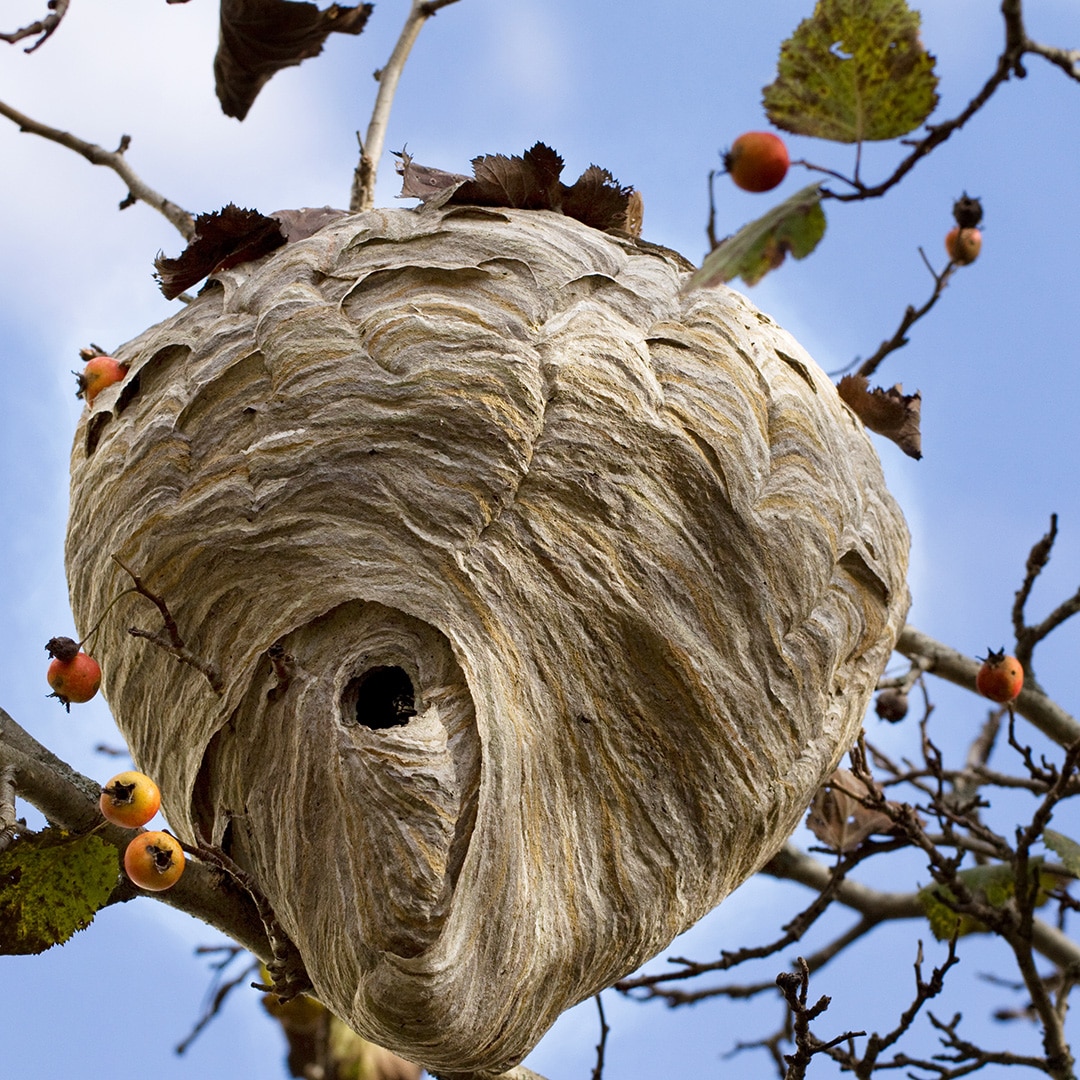Wasps are essential pollinators and play a vital role in maintaining ecological balance. While their nests can be a nuisance near human dwellings, it’s crucial to avoid indiscriminately killing them. This article will provide a comprehensive guide on safe and effective methods for removing a wasp nest without harming its occupants.

Image: www.youtube.com
Understanding Wasps and Their Nests
Wasps belong to the same insect order as bees and ants, and they form social colonies composed of workers, drones, and a single queen. They construct their nests from papery material produced by chewing wood fibers, which provides protection and shelter from the elements. Wasps are generally not aggressive towards humans unless their nest is threatened.
Safe Wasp Nest Removal Techniques
1. Wait for the Fall or Winter: During these cooler months, wasps become less active and pose less of a threat. Wait until the temperatures drop and the wasps are less likely to be outside the nest.
2. Relocate the Nest: If possible, carefully detach the nest from its current location and move it to a secluded area at least 100 feet away from human activity. Avoid handling the nest directly; use a box or bag attached with string to trap it.
3. Natural Deterrents: Wasps are repelled by certain scents and substances. Place mothballs, citrus peels, or peppermint oil around the nest to deter them. You can also hang traps baited with sugar water to redirect their foraging.
4. Sugar Water Solution: Mix equal parts sugar and water in a container and place it away from the nest. The wasps will be attracted to the sugar, but the solution is not harmful and will not kill them.
5. Wasp Repellent Sprays: Commercially available wasp repellent sprays can be used to deter wasps from entering their nest. However, it’s important to follow the instructions carefully to avoid harming them.
Important Safety Precautions
1. Wear Protective Clothing: Always wear protective clothing, including long sleeves, pants, gloves, and a hat when approaching a wasp nest.
2. Avoid Sudden Movements: Wasps are highly sensitive to vibrations and sudden movements. Move slowly and calmly to minimize the risk of provoking an attack.
3. Stay Calm: If you encounter wasps, remain composed and avoid panicking. Erratic behavior can trigger defensive responses.
4. Use Caution with Chemicals: Commercial wasp repellent sprays can contain harmful chemicals. Read the instructions carefully and use the product as directed to avoid accidental harm to wasps or yourself.

Image: www.extermpro.com
How To Remove A Wasp Nest Without Killing Them
Conclusion
Removing a wasp nest without killing its occupants requires patience, safety, and a commitment to wildlife conservation. By understanding wasp behavior, implementing humane relocation techniques, and exercising caution, you can effectively deter wasps from your property while respecting their ecological role. Remember, wasps are valuable pollinators, and every step we take to preserve their populations contributes to a healthier and more balanced environment.